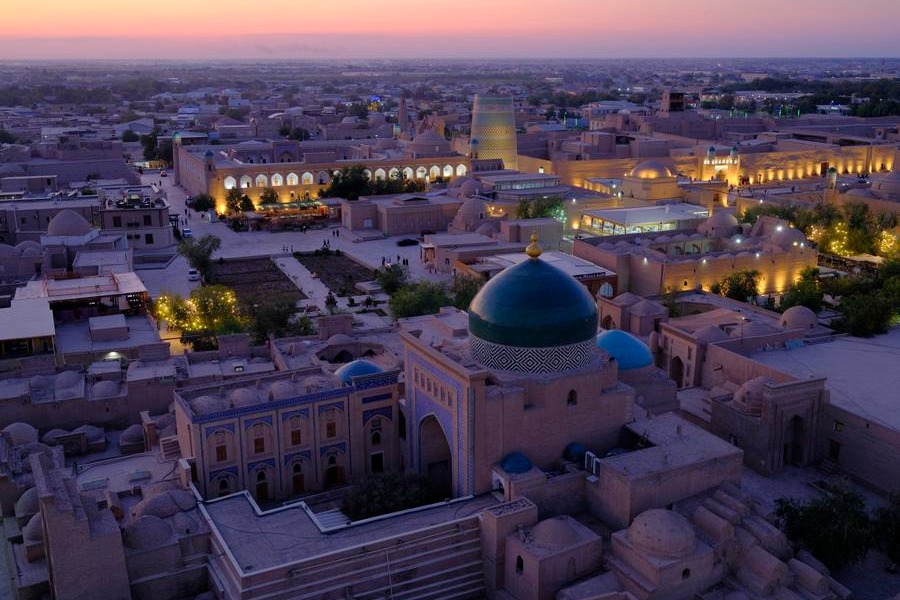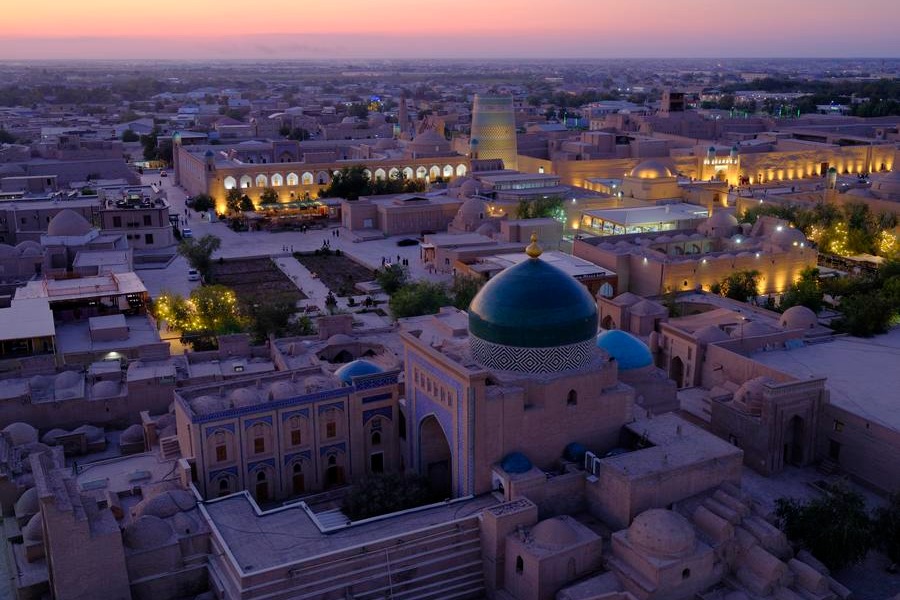Coexistence of civilizations


JIN DING/CHINA DAILY
Mutual respect and dialogue key to a harmonious and interconnected world
Editor's note: The world has undergone many changes and shocks in recent years. Enhanced dialogue between scholars from China and overseas is needed to build mutual understanding on many problems the world faces. For this purpose, the China Watch Institute of China Daily and the National Institute for Global Strategy, Chinese Academy of Social Sciences, jointly present this special column: The Global Strategy Dialogue, in which experts from China and abroad will offer insightful views, analysis and fresh perspectives on long-term strategic issues of global importance.
The world is home to numerous civilizations that exist together. However, differences arise in their particular understanding of the term civilization and so do many serious problems.
One problem that requires especial vigilance is the challenge brought to the Chinese civilization by the US political scientist Samuel Huntington's theory of a clash of civilizations, where the West is the dominant civilization and all the rest should be evaluated by the Western standards.
Huntington set out two possibilities for the West: one in an overwhelmingly successful and a dominant position, and the other in decline, with waning political, economic and military power. He believed that the Islamic and Chinese civilizations are the primary threats to the West. As Western civilization is experiencing a relative decline, it is necessary to identify "challengers" and "strategic adversaries" and take all-around measures to contain them. Unfortunately, China has become one of the targets.
In essence, the clash of civilizations is an imposition of the Western values and strengths so as to prevent, contain and even eliminate potential threats. According to the Western standards, challengers come from non-Western civilizations and countries.
The Chinese civilization believes that the world is a community with level playing ground, and differences between civilizations need to be resolved through dialogues. It has its own right to develop, revive and prosper. The great rejuvenation of the Chinese nation is the process of revitalizing its civilization, so that it can fit into the modern community.
Unfortunately, major world powers now take at least some approaches based on the notion of a clash of civilizations, which posits that there are backward and advanced civilizations in the world. The West perceives itself as a more advanced civilization and thus entitled to conquer and transform backward civilizations, and even eliminate the barbaric ones. How can the world ever be peaceful and tranquil with that approach?
Civilizations need to be inclusive. The world is made up of diverse civilizations, each with its own characteristics. There is a need to embrace the uniqueness of different civilizations, as well as to recognize and respect the legitimacy of their existence.
Many hegemonic countries holding the clash-of-civilizations view have been suppressing the civilizations that they do not recognize, which has brought about serious conflicts all over the world.
Civilizations need to engage in dialogue. Civilizations should not seek conflicts. Differences should not be resolved through forceful or violent means, but through dialogues. If civilizations treat each other as equals based on the principles of inclusiveness and open dialogues, civilizations would be able to coexist in peace.
For those reasons, China has not only proposed the building of a community with a shared future for humanity but also launched the Belt and Road Initiative as a way to put the vision into practice. China has also put forward the Global Development Initiative, the Global Security Initiative, and the Global Civilization Initiative. The Global Civilization Initiative, which is the polar opposite of the clash-of-civilizations theory, presents a key philosophy for addressing the major catastrophic problems facing humanity.
China, South Asia and Southeast Asia share a history of colonization and semi-colonization by Western powers. They should take the lead in learning about each other's civilizations and play a leading role in the building of a community with a shared future.
Today, these countries remain closely connected. In general, the world wants peace, stability and development. It is a dangerous trend to stoke conflicts or to terminate a civilization that one finds disagreeable.
Not long ago, President Xi Jinping highlighted five prominent features of the Chinese civilization, with the pursuit of peace at the forefront.
One of the reasons for China's enduring history of 5,000 years is its capability to properly handle relationships with other civilizations. As a peace-minded civilization, it does not seek to conquer other civilizations but strives for relations of mutual respect. Peace and respect bind civilizations together.
For China, the world is a community composed of a variety of civilizations, with the characteristics of diversity. Civilizations should be equal, not superior or inferior. The differences between civilizations need to be resolved through dialogue rather than conflict.
The strong pursuit of internal cohesion and unity is both the premise and result of the continuity of Chinese civilization. From its inception, Chinese civilization has been characterized by inclusiveness and a strong multicultural nature, which serves as a magic key for resolving internal conflicts and maintaining stable unity. Chinese civilization has accomplished the extraordinary feat of integrating vast territories with significant internal differences and diverse ethnicities into the Chinese nation. The inherent unity and inclusiveness of Chinese civilization determine its ability to maintain peace and stability wisely, avoid frequent conflicts, and find solutions when conflicts do arise.
The author is an academic member of the Chinese Academy of Social Sciences and director-general of the Institute of Chinese Borderland Studies at CASS. The author contributed this article to China Watch, a think tank powered by China Daily. The views do not necessarily reflect those of China Daily.
Contact the editor at editor@chinawatch.cn

































